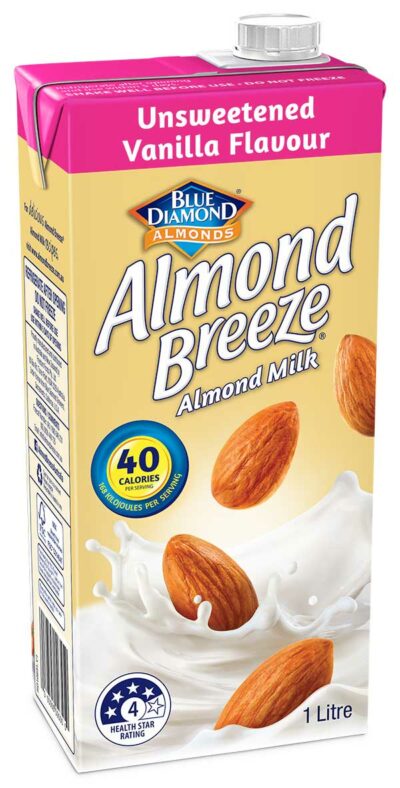

By this time, we must expect the carrageenan to represent a similar degraded form that scientists use in order to create inflammation in lab animals. This same process occurs with your nut milk.įinally, the pizza or nut milk gets into your small and large intestine where it is exposed to bacteria that further metabolize it, releasing the carrageenan in its most degraded form into the blood stream. The additive is then exposed to harsh stomach acid as the body is working to metabolize and absorb the nutrients within the pizza. Then you begin to digest the pizza and the chewing process provides mechanical insult to the agent that further degrades it. You heat the pizza up and it begins to break down the carrageenan particle. Let’s say you get an organic pizza with this ingredient in the sauce portion.

7 Heating the coconut or almond milk would also degrade the compound and make it potentially toxic. Once we drink our favorite nut milk beverage with carrageenan, the thickening agent gets degraded by the stomach acid and bacterial fermentation in the gut which alters the structure of the compound. 6 Why Heating Almond Milk (& Other Products With Carrageenan) Is a Bad Idea They have listed the substance as generally recognized as safe (GRAS) since 1973 with very little safety testing. Food and Drug Administration (FDA) has not done its due diligence in testing the reactivity of carrageenan.

However, it is known that when stable carrageenan is exposed to strong acids (such as stomach acid) the sulfur component becomes unstable and reactive. This degraded form is called poligeenan and is not used in the food industry. Degraded carrageenan is commonly used in the scientific world in order to induce inflammation in lab animals. 4,5Ĭarrageenan in the degraded form exposes an unstable sulfur compound that is known to cause inflammation in animals and humans. 1 Carrageenan was first introduced to the food industry in the 1930s and works so well at thickening and improving the texture and solubility of products that it has drawn widespread appeal. Despite the chemical processing it is considered a natural food additive. Its name is derived from an Irish coastal region named “Carragheen,” where the original harvesting of the seaweed began.Ĭarrageenan is derived from red seaweed and processed with chemicals (potassium hydroxide) to remove the cellulose and neutralize its acidity. Read your labels and be sure to look for these! What Is Carrageenan?Ĭarrageenan is a glucose related sugar called a sulfate polygalactan from red seaweed and algae. There are many healthy foods in these categories that do not contain carrageenan or any other major additives.


 0 kommentar(er)
0 kommentar(er)
